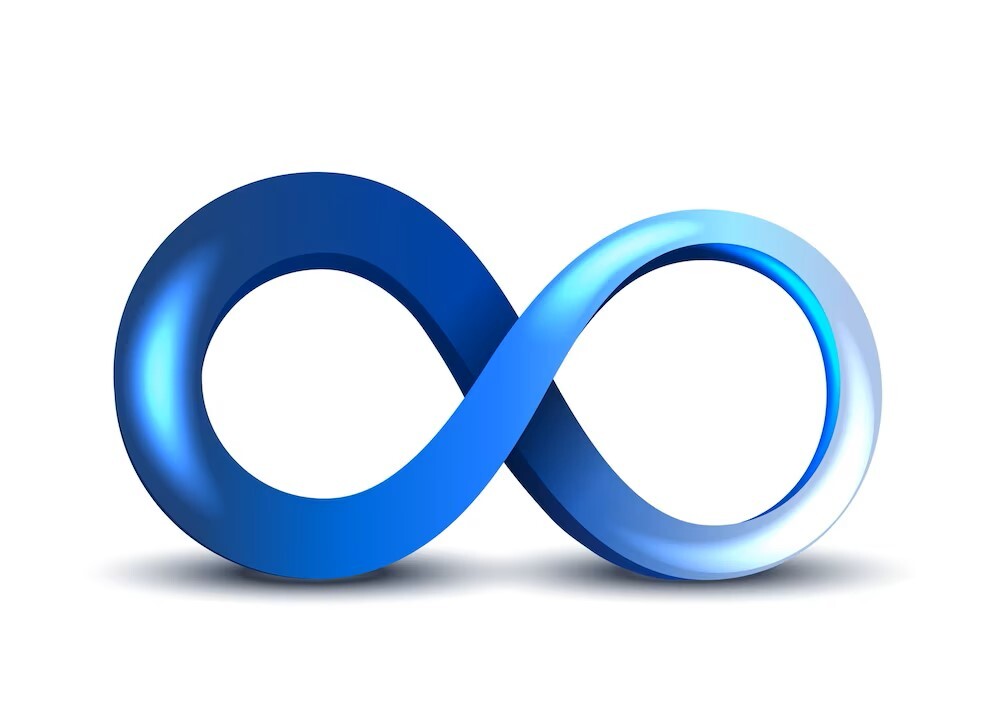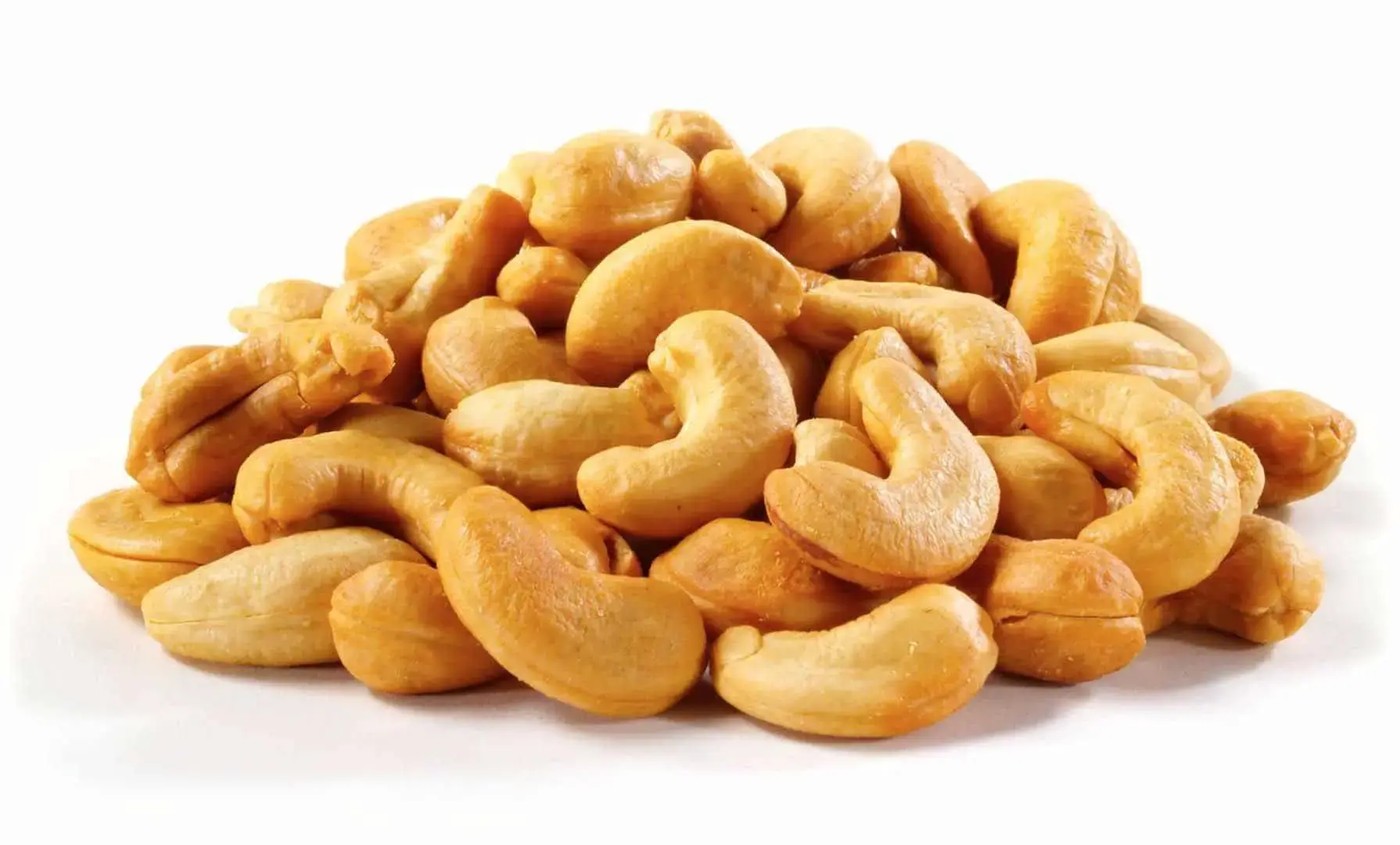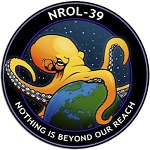I was permanently banned from the Reddit sub without recourse for posting this despite not breaking any rules. I’m slowly making the migration over thanks to such encouragement.
Hmm that would be illegal in the EU and UK, where nutritional info and proportion of honey would be required.
Quite tempted to write in though. Anyone else?
The Dutch consumer program recently showed that most honey in regular retail are made with a special stain of sugar syrup, made in China, that is indistinguishable from real honey using the common tests.
With more modern testing methods it can be sniffed out, but even though this product would be illegal, the same thing happens on large scale in Europe.
You don’t need nutritional info on pure honey, the standard glasses and labels from the German beekeeper’s association certainly don’t have that info on them, also, you’d need to test batch-wise. They analyse for maximum water and minimum enzyme levels, but not nutritional value that’s basically given by the water content, a bit more or less protein or pollen doesn’t change the values in a way anyone caring about macros would care about: For those intents and purposes honey is pure sugar.
It is also required in America. The FDA requires it except for small business. Also the EU wouldn’t even let this have the word “Honey” in the name at all. I’d assume that the retail business above doesn’t reach the threshold of 500,000 so can request for an exemption of nutritional labeling.
A local supermarket chain got a fine because they had “fake cheese” sold in the cheese section. It wasn’t labeled as cheese, but it was under a large CHEESE banner. I think it was leftovers from cheese production just mixed up.
I’m ok with not throwing away stuff, but it tasted like sin, even for cheap industrial cheese standard.
Curds maybe. Seems an odd thing to fine someone over. Curds are made into cheese and also commonly sold just as curds. It’s pretty much what paneer is. Perhaps someone expects it to be generic “dairy”.
There’s a legal definition of what can be called cheese, same as with a lot of products. Curd can be used, what (I recall) is that they were mixing up leftover cheeses from production into a single one, which is not allowed in general.
I tried to find the article, it happens some time ago.
And with such an abomination, they would have to state how much honey is in there.
This would be sold at a farmer’s market or something like that rather than in a super market. Just my guess. They may also have been breaking the rules the whole time and enforcement is lax.
Times like this I’m glad I have not one but two friends who are backyard beekeepers. They are more than happy to give away the enormous amount of honey they collect each year…
Would corn syrup stop it from becoming solid? I love honey but budget mind thinks, “buy bulk” and 1 yr later I have like half a quart left to practice my own tar experiment.
Real honey don’t crystalize.
https://thebeekeepingguy.com/why-does-honey-crystallize-the-science-behind-it/
You are always just a quick search away from educating yourself before you post misinformation.
Not only does honey crystallise, depending on what’s in there it’s solid by default. I grew up on rapeseed honey and it has a very firm texture, holding its own weight. Honey coming out of our forests, by contrast, is so fluid that spooning it is an exercise in frustration, it wants to be poured. If you have hives standing at the border between a forest and a rapeseed field, you get something in between.
If you ever buy honey in Germany, look for these glasses. They’re from the beekeeper’s association, anything in it will be unadulterated and unblended. Or, well, the only blending that’s being done is done by the bees. 5-15 Euro for a glass, depending mostly on type of honey (some aren’t exactly easy to harvest and process, e.g. heather honey is notorious) and whether you buy directly from the beekeeper.
And return the glass. There not being any deposit on it doesn’t mean that they wouldn’t like to have it back.
By contrast, throwing some invertase at sugar to split the saccharose into glucose-fructose syrup it costs practically nothing which is how you get prices for “honey” that match those of crystal sugar. Probably even worse in the US where sugar syrups don’t start out as saccharose but maize starch.
Yep, my uncle has a few hives in his garden and he lives in an area where rapeseed is grown for oil production, during the season the honey he gets is 99% rapeseed and extremely firm and white. Texture and looks remind me more of lard than what is commonly expected from honey.
Yes, I would have to heat one up, but I’m currently eating the other one anyway.
There are some interesting varieties.
That doesn’t even cover a fraction of what’s available. You pretty much need to take the number of beekepers and multiply it with the amount of time they say “it makes sense right now to put the hives a bit further apart, have them harvest different things”, multiplied by a heavy seasonal factor. Long story short if it grows in Germany then you can find it in a jar.
That really, really firm and white rapeseed honey that I know from my childhood has actually gotten quire rare, farmers just aren’t growing as much of it any more so it’s rare that you get a jar that is almost pure rapeseed, even if it is (rightly) labelled “rapeseed” because the bees were sitting squat in the middle of rapeseed fields. Things change all the time, the labels are fuzzy and approximate, you never really know what you’re getting, and that’s exactly what’s great about it.
Oh, and side note: No, putting honey in coffee is not a no-go. It depends on the honey, some work, some don’t, some only work with some coffees, some with others. Raw cane sugar is always a safe bet, never has a touch of caramel hurt coffee.
I was only referring to the range on offer. I am aware that this is only a fraction.
You have left out one crucial factor that beekeepers have to reckon with at all times. Bee mortality, which is also a major problem.
Gentle heating in a hot water bath or the microwave will liquify that honey again.
Or even better put it outside in the sun.
Ah, see, I’m Canadian so that only works like two months out of the year when we’re able to emerge from our igloos…
This reminds me of KFC and how they switch from “Honey” to “Honey Sauce”.
On-brand for a company the wants to hide the fact that the F stands for ‘fried.’
That is absolutely revolting.
This is just another day in america, is it not?
I would guess the ban came from an overzealous application of the “no personal info” doxxing rule, because that pic has an address on it which is technically a company address, but there ya go, that’s my guess. I was banned once for something similar.
I was permanently banned from streaming (had thousands of followers at the time) for animal abuse after asking another streamer if they milk their goats, then I was permanently site banned for harassment after arguing with them about it. Don’t give me an excuse to get started.
Name checks out.
Yeah with a name like that they’re going to be judged more harshly.
Once I noticed the name I blocked them. Something is wrong with them to think a name like that is okay, and I don’t care to find out what that is.
Okay, this is the line that should not be crossed, we should evict Texas.
*eject
As a beekeeper of 30 odd years, that hurts
ps welcome
If you sell at farmer’s markets, I appreciate people like you, because it’s where we always buy our honey. And we have yet to regret it because it always tastes better than store bought honey. Especially if you like monofloral honey, which I do.
What is your favourite bee?
Did you know the symbol of my city is a worker bee?
Honey is a commonly faked food. At least they label it so you can avoid it.
At least they label it so you can avoid it.
But they call it honey blend, which implies it’s a blend of honey from different sources.
This would absolutely be deemed misleading advertising here.I think that interpretation cuts both ways, where the ‘blend’ could also imply that the honey is blended with something other than honey.
But they call it honey blend
That is illegal as the must label it with what the Honey is blended with. So in this case you’d need to have it labeled “Blended Honey with Corn Syrup” or some variation of that.
I’m not a lawyer, but it looks like you are wrong:
4: If a food consists of honey and a sweetener, such as sugar or corn syrup, can I label the food as only “honey”?
No. A product consisting of honey and a sweetener cannot be labeled with the common or usual name “honey” because “[t]he common or usual name of a food . . . shall accurately identify or describe . . . the basic nature of the food or its characterizing properties or ingredients” (21 CFR 102.5(a)). Identifying a blend or a mixture of honey and another sweetener only as “honey” does not properly identify the basic nature of the food. You must sufficiently describe the name of the food on the label to distinguish it from simply “honey” (21 CFR 102.5(a)).However they are only exempt from the declaration if it’s pure honey, so the part about not having that is clearly against the guidelines. The header on page 1 says: “Contains Nonbinding Recommendations” So it’s very fuzzy to a layman like me.
I agree. This should be called a honey sauce at best.
It sucks in the US where misleading labeling gets a free pass for being technically corrent if you squint hard enough is not considered misleading.
If they were Really Smart™ they would just lable it as a dietary supplement, then all regulation goes out the window and it’s a free-for-all!
In the USA, it’s recommended to label it as “Honey with corn syrup” (PDF: https://www.fda.gov/files/food/published/PDF---Guidance-for-Industry--Proper-Labeling-of-Honey-and-Honey-Products.pdf) but that’s just a recommendation, not a law. The FDA should get stricter about this.
The FDA should get a hell of a lot stricter in general, but decades of political fuckery has made it simultaneously rife with corruption, permanently understaffed and critically underfunded.
The FDA is pretty much in exactly the condition that Republicans want for all regulatory agencies.
Pretty much the same thing as the “juice cocktails” they have in the juice isle that are fruit juice and sugar water. “Made with real fruit juice!” (like ten percent).
I always squint at meat products that claim something like “made with 100% real chicken.” Yeah okay, there is chicken in there, but how much of the food consists of that 100% real chicken?
Yeah, apparently the chicken in there is a hundred percent real, even if only two percent of the product is chicken.
I’ve been buying fruit juice recently after staying away from all that sugar for a lot of years, and I’m sad to find out that most fruit juice in my grocery is corn syrup. Even with being willing to pay more, it can be difficult to find sweetened with fruit juice or even sugar
How bout thems glass bottles that’re straight juice? Often organic, and expensive. Can dilute with water and put on ice… and sweeten yourself if needed.
I’ve gotten those a few times as well. Very expensive. It doesn’t help the they seem to want to outdo each other on how “different” the juice can be. Some of the combination are truly awful (but they’re all “superfoods”, why shouldn’t we put them together?)
At least in Denmark it’s illegal to use the word ‘juice’ if there’s any sugar water in it. If I see a juice on the self I can be certain it is 100% juice (maybe made from concentrate but that must be written somewhere). If it’s not then it is “nektar”
Yeah, have to stay away from the “cocktails” and stick with 100% juice. On the other hand, even most of those have a lot of apple, pear, and grape juice added, which are all very, very sweet. There’s more sugar in apple juice than in soda, it’s just the kind of sugar that’s different.
For me, I have a weight problem so sugar is sugar: I don’t need empty calories. However my kid does not, so I care what kind of sugar he gets his calories from
I heard about that. I wouldn’t even buy beeswax from Amazon because I heard all the horror stories of even some of the highly rated products being cut with Paraffin, which gives me headaches. I could give you a list.
deleted by creator
Depending on where you live, i would recommend checking out the local farmers market in the weekends. I bought iver a gallon of local honey for about $50 last summer and i am only just starting to finish it off.
Only in America.
OK maybe not, but at least here it’s illegal to label it honey if it isn’t. that goes for all of EU, where it’s illegal to add sugar, according to the EU honey directive.
The result is that you buy either Honey or Syrup, you know what you get, and you get what you pay for.Yup we have the fun loopholes of adding something like “blend” means it can be 1% honey and it’s legal. Same things with why things at our stores say “cheesy” or “chocolatey”. Neither one of those need to have cheese or chocolate. It’s a marketing game for them. Come up with a name that sounds like it’s fun for the consumer but really is a massive loophole they can jump through.
Yes I’ve often seen that clearly misleading advertising is perfectly legal in USA.
You have to label the honey with the ingredients it is blended with as well in the US. So for this it would need to be “Blend of Honey and High Fructose Corn Syrup”.
Shh mate you’re going to ruin the Euro circlejerk.
I doubt the Europeans will abandon their circlejerk that easily.
I just got done watching a video called European Circlejerk on xvideos.
You have to label the honey with the ingredients it is blended with as well in the US.
Nonono, that’s a huge difference, in EU it’s ILLEGAL to call it honey at all, you cannot call it honey blend either. And it’s not enough to label that there is sugar added. If you add any amount of sugar it’s not honey but sirup.
Good for y’all.
This reminds me of the dumbness of the Germans I know calling bread “toast” even though toast has to be toasted and white toastie bread has enough sugar to be a cake per eu regulations but it’s not toast because it’s not been toasted.
The result is that you buy either Honey or Syrup, you know what you get, and you get what you pay for.
You would think so, but the EU did an investigation back in 2022 and found that almost half of all honey imported into the EU is (illegally) blended with sugar syrup. If you’re buying honey labeled as a blend of EU and non-EU honey (which is almost all honey available on supermarket shelves) there’s a large chance you’re buying a sugar blend.
Current officially sanctioned honey tests are not capable of detecting fake honey. New testing methodology has been agreed upon as a result, but it will take a few years until those are internationally recognised.
If you want to be certain that what you’re buying is real honey, the only real option is to buy directly from a local producer.
Over here in the Netherlands, where Big Farma has more power than Big Oil, I’ve seen milk in standard milk cartons being labeled as “milk drink” because they retroactively added some vitamins. There are protected food labels, for sure, but adding the right keyword that indicates that you’re not buying what you’d expect from the packaging is a legal solution.
Same with the “vegetarian butcher”, a fake meat company that uses misspellings of meat cuts (“kipstuckjes” meaning something like “chicken byts”) getting away with using real meat names because the label “vegatarian” that’s part of their brand image is supposed to tell you that it’s not real meat.
I would’ve expected EU food regulations to block this stuff but in practice companies get away with it in practice.
Ugh, Kraft singles (individually wrapped pieces of “cheese”) are labeled something like “dairy product” because they use vegetable oil.
And make sure you’re buying “ice cream” and not “frozen dairy product”. Ice Cream has a minimum cream/milk requirement that some brands fall below. Might as well call it “ice milk, etc.”.
Or “iced dessert”. <25% milkfat is the line, I think.
That just reminded me that there’s something in the store here in the US sold as Chicken Wyngz, because they don’t contain any chicken wing meat.
It’s recommended to label it as “Honey with corn syrup” (PDF: https://www.fda.gov/files/food/published/PDF---Guidance-for-Industry--Proper-Labeling-of-Honey-and-Honey-Products.pdf) but that’s just a recommendation, not a law. I think labeling it as “Honey blend” and “made with real honey” (which implies that it’s not 100% honey) is legal today.
The USA usually has fairly strict rules about labelling of food packages, specifically around the common name of the product. Some things that are legal in my home country of Australia aren’t legal in the USA.
I’m seeing the nutritional value thing, but I don’t see what the other comments are talking about…
It’s not honey, it’s high fructose corn syrup

Technically since honey is listed first it should be at least mostly honey, as in 51% or more. But it is probably mostly corn syrup and the phrasing is intended to discourage lawsuits that would lead to anyone checking the ratio.
Which is really bad since only needing to be 51% of the thing is a pretty low bar in the first place.
If it’s not just honey, it’s not honey. Therefore it’s HFCS
Not according the FDA. You can put something down as Honey as long as there is at least some honey in there. Source: https://www.fda.gov/files/food/published/PDF---Guidance-for-Industry--Proper-Labeling-of-Honey-and-Honey-Products.pdf
Surely that logic would work the other way around as well…
Isn’t it honey AND high fructose corn syrup, and with honey being above the syrup it’s mostly honey?
Assuming the label isn’t inaccurate, there is at minimum equal parts of the honey and corn syrup. The list must be in descending order by weight. I’m not sure what the rule is for equal quantities; I’d assume alphabetical, but there may be no such requirement.
All text in large print, but you have to write them snail mail for the nutritional information, which is required by law to be printed on the label.
Not if the business is making under a certain amount each year. Then they can request for an exemption of the nutritional labeling.
I’m confused there are no packaging standards in the US. Is the first ingredient the largest? How do you know if there’s no percentage given?
There are some standards. The ingredients are listed in descending order of size (ie the first is the largest).
They can get around this in a few ways (though this isn’t really relevant here), such as for example preserves having this ingredient list: blueberries, sugar, corn syrup. Even though the amount of blueberries is technically larger than both sugar and corn syrup, sugar and corn syrup (still basically sugar) can add up to much more than the amount of blueberries. By including multiple types of sugar they can sort of hide the fact that the largest ingredient is some form of sugar
This is fine, they’re telling you what’s in the bottle. I mean I don’t agree with messing up honey with corn syrup and the fact that the bottle sort of leads you to think you’re getting just honey, but that’s par for the course in a lot of processed food packaging at least in the US.
Yea, and no, that should be better regulated. Let’s not settle for something bad just because. In France this is better regulated, but still some brands play cat and mouse, finding corner cases to circumvent the rules. Honey is subject to this very frequently too.
I don’t disagree. I think how blatantly misleading packaging and labeling many foods are in the US is and it’s BS. From the meaninglessness of “organic” to “100% natural”, they don’t really tell the consumer what that means.
However, strictly in the context of the US and our food labeling laws, the honey in the image is ok, even if we understand it has some fuckery about it.
The term “organic” is actually regulated by the USDA though, unlike “natural”
I understand that. However, the average consumer likely doesn’t know what the term means. One might be led to think the produce didn’t use pesticides, or that the food is more nutritious when in fact certain pesticides are allowed and the food can have the same nutritional value as non-organic. I would say that, despite the rules, people would likely feel misled, even if the product complies with the actual rules that allow it to be labeled organic.
It’s like “cage free” chickens. Sounds like a spacious barnyard full of happy chooks? In reality it will likely be a very crammed open warehouse floor with poor conditions. Are they cage free? Sure, the condition is met for the label. But the consumer doesn’t know what it means.

















